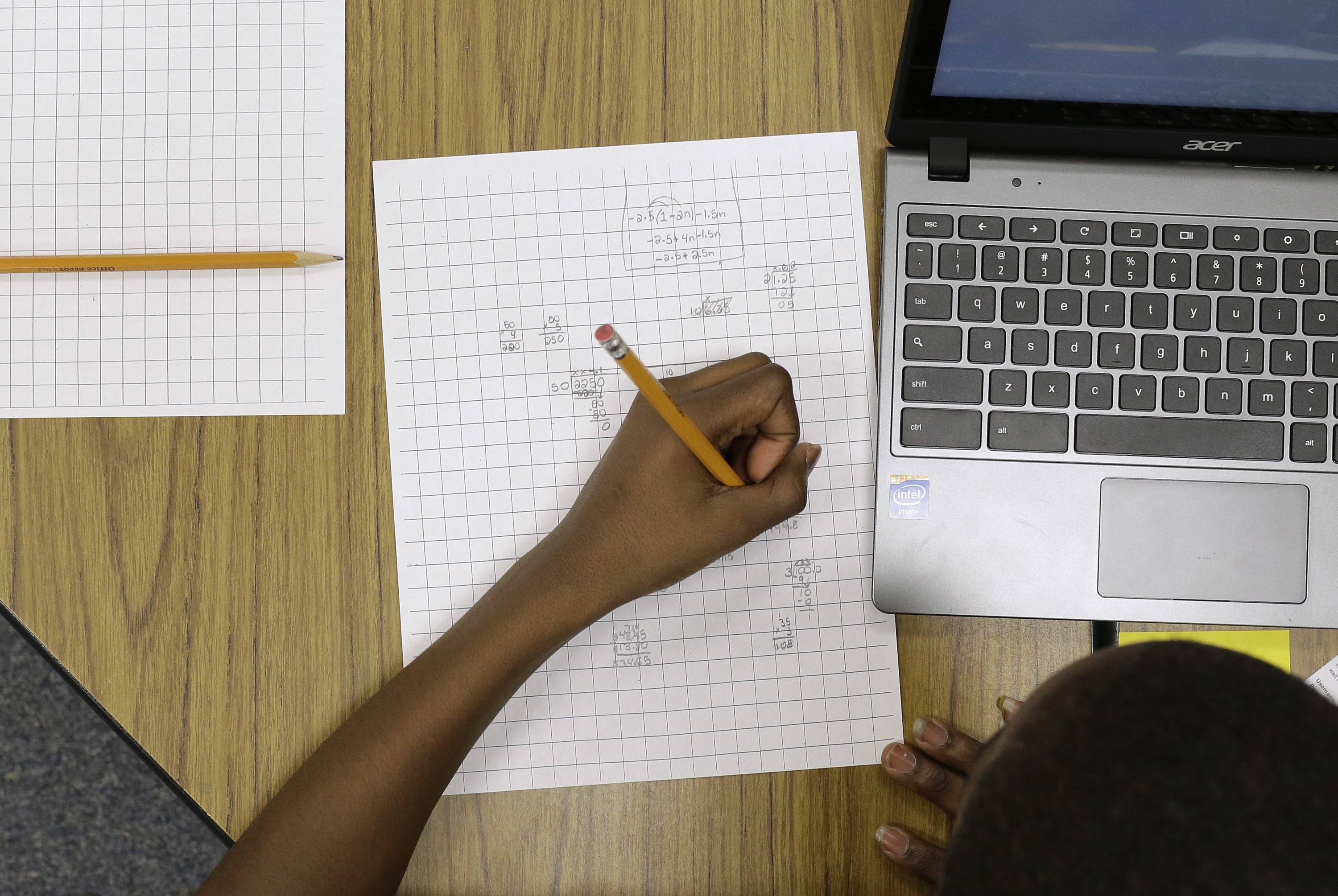These statistics are bad, but they’re even worse in New York City public schools. And they’re dramatically inferior for black and Latinx students. While nearly half of white eighth-graders read at a “proficient” level or better, only 15 percent of black students can. For Latinx students, a mere 23 percent reach “proficiency.” Asian American eighth-graders perform best; 57 percent are “proficient” or stronger.
The SHSAT is largely a reading test. About half of the three-hour exam is explicitly devoted to “Reading and Writing,” with most of that section focused on reading comprehension. The math portion includes word problems, which trip up strong mathematicians if they can’t comprehend what a dense question is asking. Given the disparities in reading achievement across different ethnicities, it’s not surprising that there are racial trends in the SHSAT’s results. Specialized high school acceptances shine an uncomfortable spotlight on these discrepancies.
Some critics argue that too much weight is given to one single test when the city uses the SHSAT alone for admissions. They suggest that it would be more fair to add other achievement measures, like grades and teacher input. This well-meaning recommendation ultimately would hurt the students it’s trying to help, though, because it doesn’t address why most kids are having trouble with the test in the first place — they can’t read well.
If the specialized high schools were to accept kids who have lower reading levels but strong work ethics and good grades, those students would flounder in their new, demanding learning environments. K-12 education’s standard recipe directs kids to learn to read in elementary school, and then to read to learn in secondary. If weaker readers were admitted to a school like Stuyvesant (one of the specialized high schools) based on their intelligence and potential, but without any interventions to give them the literacy skills required to navigate the coursework, they’d be set up for failure.
This is why most colleges have test minimums high schoolers must score before their applications are considered. Parents in the “Varsity Blues” admissions scandal understood how important certain single tests are. They paid tens of thousands of dollars to scam the system and ensure their kids would meet the testing bars of their desired schools, at least on paper. These teens who needed to submit false SAT and ACT scores were mostly wealthy and white. They show that strong test performance isn’t simply determined by skin color or even socio-economic status.
As a former teacher, I know how much educators care about students and don’t blame these adults for their pupils’ poor reading outcomes. They can’t be held solely accountable for the long list of societal ills that impact literacy. We must collectively do better.
Students’ literacy should matter to us all because reading levels correlate with success beyond academics. Tomorrow’s parents must be able to comprehend loan agreements so they don’t unknowingly take on adjustable rate mortgages that leave them bankrupt and homeless. Future voters need to be able to understand scientific studies and legal reports, so that they can identify fact from fiction in the news and at the polls.
I’m concerned about students’ literacy not only because I want them to have access to the specialized high schools, but also because I care about their employment options in an increasingly automated economy.
The SHSAT debate is a chance to address our oft-ignored deep educational stain, low literacy. Civil rights leader Malcolm X set a great example. He knew that the key to an impactful life isn’t getting into a top school, like Stuy or Harvard or Yale; it’s reading. He proudly claimed his “alma mater was books.”
Getting rid of the SHSAT would only mask the real problem. Solving it, on the other hand, would guarantee students success far beyond high school.
Colette Coleman is a former classroom teacher who leads strategy at Zinc Learning Labs.

